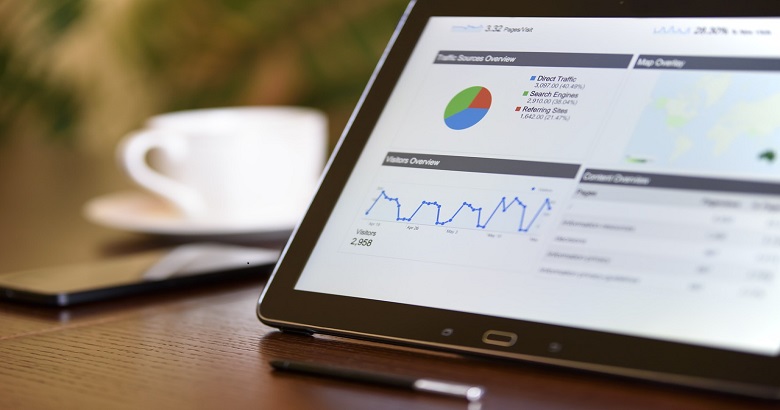‘Cold’ and ‘hard’ are words you might use to describe data, but these terms don’t quite convey the fact that marketing data is more of a living thing. As odd as that might sound, it’s true. Marketing Sherpa (cited on HubSpot) estimates that B2B marketing data decays at a rate of around 22.5% per year, meaning that around a quarter of your data list from last year has become extinct and needs to evolve to remain useful for sourcing, attracting and nurturing leads. Why does this happen? People switch jobs, change or deactivate email addresses, and opt-out of communication. In this blog, I’m going to discuss how to keep your marketing data alive and useful.
Data cleansing gets rid of inactive or duplicate email addresses, making your marketing data more valuable
Data cleansing is an important tactic for keeping your marketing data up to date. It involves removing duplicate or inactive email addresses, verifying contact information and filling in any relevant gaps in the data. Data cleansing not only ensures that you’ve got a functional marketing asset but also prevents emails from being sent out to spam traps that might get your address blacklisted, resulting in downtime. Checking engagement rates is another part of keeping data lists fresh. An email address might be active, but if the recipient hasn’t engaged with or opened emails from you in months, it might be time to remove them, as an ISP will judge your sender reputation based on these engagement rates.
Data sourcing ensures that your database keeps apace with a constantly evolving business environment
Keeping marketing data alive isn’t just about spring cleaning – it’s about adding new information to your database. Your marketing campaigns and prospects change every year, which means your data needs to change annually (if not more often) too. Data sourcing is a way of finding new and pertinent data about current prospects, and sourcing data about new prospects. Armed with more detailed information, you’ll be able to craft personalised and fitting content for each campaign. More data also means you can segment email lists in detail based on location, industry, job title and purchase history, for example. By segmenting email lists, you increase the chance of your email being clicked on and opened, and lower your unsubscribe rates, according to research from MailChimp.
Inbound marketing invites people who are already interested in your brand or product to share their information with you
We’ve covered data cleansing and data sourcing as a way to augment your marketing data, now let’s discuss how inbound marketing can improve the quality of this data further. HubSpot has created an interactive database decay simulator to demonstrate the impact inbound marketing has on your database compared to your current marketing strategy. So how can inbound marketing improve your marketing data? Your website forms the core of your inbound marketing activities through calls to action, landing pages, forms and content offers. Through these touchpoints, website visitors can share their information with you in exchange for a white paper, guide or tool. The quality of this data is generally high because it comes straight from the source, who has actively shown interest in your brand or product.
Events are an incredible opportunity to enhance your marketing data
Lead capture at events is another way to collect up to date data about potential leads. It’s similar to collecting data by inbound marketing in that the information you gather is given willingly by your prospects who have already shown interest in your brand or product by visiting your event or stand at an exhibition. That said, it’s no good winging it on the spot when it comes to asking your potential leads for vital information. Before the event itself, identify the criteria you need from your prospects to enhance your marketing data: do you require a phone number as well as or instead of an email address? Do you need to know how old your prospects are, or what their salary is? On the day, make use of lead capture apps – that integrate with your CRM – to make the process of collecting the data hassle-free.
Data management isn’t just about making sure the information is correct, but that it can actively add value to your marketing campaigns. To read more about how data can drive the success of your next campaign, download our guide:








